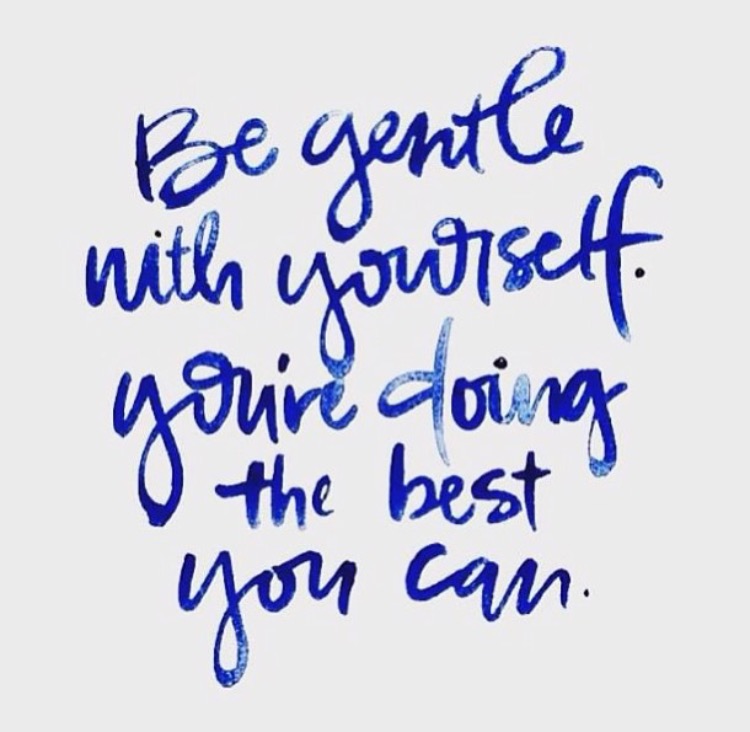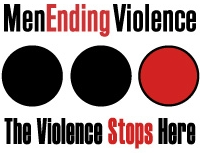Here are a few options for self-care and to deal with triggers:
- Assess and make decisions about how much media you want to take in.
- Set limits with people around you, friends, family, co-workers about talking about the trial.
- Make decisions to stay from social media generally or specifically the comments section on news sites on social media sites.
- Don’t assume everyone wants to discuss the trial. Give thought to what articles you share or if you share articles at all about the trial.
- If you’re experiencing strong responses to media and/or social media reports you may be having a flashback or otherwise being triggered.
- Remember, you can mute the #Ghomeshi tag if you need to. Take care of yourself.
A flashback is when memories of a past trauma feel as if they are taking place in the current moment. That means it’s possible to feel like the experience of sexual violence is happening all over again. During a flashback it can be difficult to connect with reality. It may even feel like the perpetrator is physically present.
Flashbacks may seem random at first. They can be triggered by fairly ordinary experiences connected with the senses, like the smell of someone’s odor or a particular tone of voice. It’s a normal response to this kind of trauma, and there are steps you can take to help manage the stress of a flashback.
What helps during a flashback?
- If you realize that you are in the middle of a flashback, consider the following tips:
- Tell yourself that you are having a flashback. Remind yourself that the actual event is over and that you survived.
- Take slow, deep breaths by placing your hand on your stomach and taking deep breaths. You should see your hand move out with the inhalations, and watch it fall in with the exhalations.
- When we panic, our body begins to take short, shallow breaths, and the decrease in oxygen can make you feel more panicked. Deep breathing is important because it increases the oxygen in your system and helps you move out of anxious state faster.
Return to the present by using the five senses.
- Sight: Look around you. Make a list of the items in the room; count the colors or pieces of furniture around you. What do you see?
- Smell: Breathe in a comforting scent, or focus on the smells around you. What do you smell?
- Hearing: Listen to the noises around you, or turn on music. What do you hear?
- Taste: Eat or drink something you enjoy. Focus on the flavor. What do you taste?
- Touch: Hold something cold, like a piece of ice, or hot, like a mug of tea. What does it feel like?
- Recognize what would make you feel safer.
- Wrap yourself in a blanket, or go into a room by yourself and close the door. Do whatever it takes for you to feel secure.
How to prevent flashbacks?
You may be able to take steps to prevent future flashbacks by identifying warning signs and triggers
Be aware of the warning signs.
Flashbacks sometimes feel as though they come out of nowhere, but there are often early physical or emotional warning signs. These signs could include a change in mood, feeling pressure in your chest, or suddenly sweating. Becoming aware of the early signs of flashbacks may help you manage or prevent them.
Identify what experiences trigger your flashbacks.
Flashbacks can be triggered by a sensory feeling, an emotional memory, a reminder of the event, or even an unrelated stressful experience. Identify the experiences that trigger your flashbacks. If possible, make a plan on how to avoid these triggers or how to cope if you encounter the trigger.
Where to get help?
There is a relief that comes with the end of a flashback, but that doesn’t mean it’s a one-time occurrence. Flashbacks can worsen over time if you don’t address them.
Here is a list of resources where help is available:
In British Columbia
https://www.bwss.org/resources/resources-for-women-in-bc/
In Canada
https://www.bwss.org/wp-content/uploads/2012/11/TransitionHousesinCanada11.pdf







